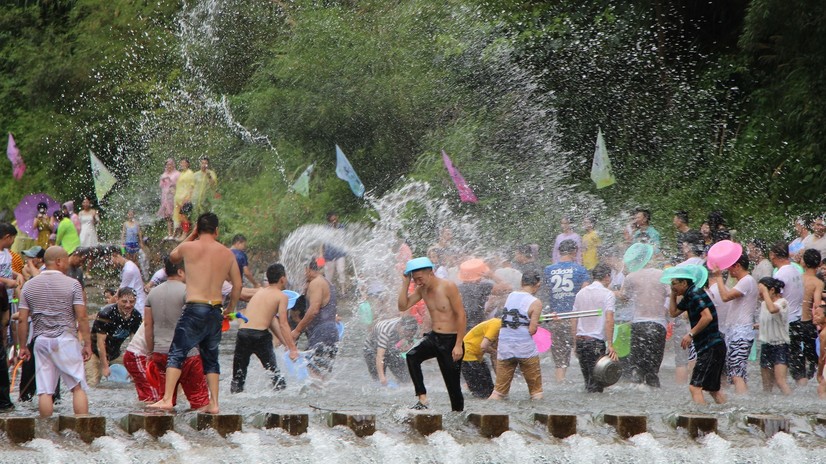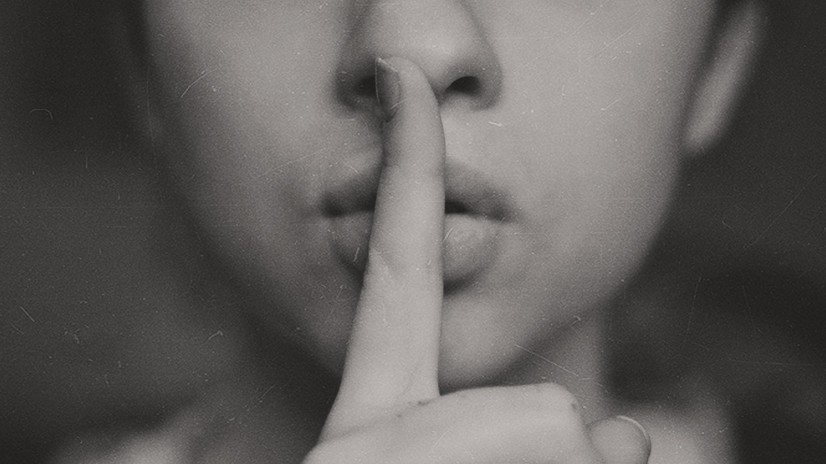- All Destinations
- Caribbean
- Antigua
- Aruba
- Bahamas
- Barbados
- Cancun
- Cuba
- Dominican Republic
- Grenada
- Jamaica
- Mexico
- St Kitts and Nevis
- St Lucia
- St Vincent and the Grenadines
- Tobago
- Turks and Caicos
- Caribbean Multicentres
- Caribbean Cruises
- Morocco
- Casablanca
- Marrakesh
- Agadir
- Singapore
- Middle East
- Abu Dhabi
- Ajman
- Bahrain
- Dubai
- Dubai Multicentres
- Egypt
- Fujairah
- Jordan
- Middle East Cruises
- Oman
- Qatar
- Ras Al Khaimah
- Saadiyat Island
- Saudi Arabia
- Malaysia
- Borneo
- Kuala Lumpur
- Langkawi
- Pangkor Laut
- Penang
- Malaysia Multicentres
- Hong Kong
- Thailand
- Bangkok
- Hua Hin & Cha Am
- Khao Lak
- Koh Samui
- Krabi
- Pattaya
- Phi Phi
- Phuket
- Chiang Mai
- Thailand Multicentres
- Thailand Islands
- Koh Lanta
- Far East Cruises
- South Africa
- Cape Town
- Kruger National Park
- Garden Route
- Eastern Cape
- South Africa Tours
- Cape Verde
- Europe
- Spain
- Greece
- Cyprus
- Portugal
- Croatia
- Italy
- Turkey
- Malta
- Europe Multicentres
- European Cruises
- Indian Ocean
- Maldives
- Mauritius
- Seychelles
- Sri Lanka
- Zanzibar
- Indian Ocean Multicentres
- Goa
- Indonesia
- Bali
- Bali Multicentres
- Vietnam
- Nha Trang
- Hoi An
- Hue
- Danang
- Phan Thiet
- Hanoi
- Ho Chi Minh
- Vietnam Multicentres
- Cambodia
- Phnom Penh
- Siem Reap
- USA
- Orlando
- New York
- Las Vegas
- USA Multicentres
- USA Cruises
- Japan
- Japan Multicentres
- Deals
- Cruise
- Manage Bookings
- Home
-
Destinations
- All Destinations
-
Caribbean
- Antigua
- Aruba
- Bahamas
- Barbados
- Cancun
- Cuba
- Dominican Republic
- Grenada
- Jamaica
- Mexico
- St Kitts and Nevis
- St Lucia
- St Vincent and the Grenadines
- Tobago
- Turks and Caicos
- Caribbean Multicentres
- Caribbean Cruises
-
Morocco
- Casablanca
- Marrakesh
- Agadir
- Singapore
-
Middle East
- Abu Dhabi
- Ajman
- Bahrain
- Dubai
- Dubai Multicentres
- Egypt
- Fujairah
- Jordan
- Middle East Cruises
- Oman
- Qatar
- Ras Al Khaimah
- Saadiyat Island
- Saudi Arabia
-
Malaysia
- Borneo
- Kuala Lumpur
- Langkawi
- Pangkor Laut
- Penang
- Malaysia Multicentres
- Hong Kong
-
Thailand
- Bangkok
- Hua Hin & Cha Am
- Khao Lak
- Koh Samui
- Krabi
- Pattaya
- Phi Phi
- Phuket
- Chiang Mai
- Thailand Multicentres
- Thailand Islands
- Koh Lanta
- Far East Cruises
-
South Africa
- Cape Town
- Kruger National Park
- Garden Route
- Eastern Cape
- South Africa Tours
- Cape Verde
-
Europe
- Spain
- Greece
- Cyprus
- Portugal
- Croatia
- Italy
- Turkey
- Malta
- Europe Multicentres
- European Cruises
-
Indian Ocean
- Maldives
- Mauritius
- Seychelles
- Sri Lanka
- Zanzibar
- Indian Ocean Multicentres
- Goa
-
Indonesia
- Bali
- Bali Multicentres
-
Vietnam
- Nha Trang
- Hoi An
- Hue
- Danang
- Phan Thiet
- Hanoi
- Ho Chi Minh
- Vietnam Multicentres
-
Cambodia
- Phnom Penh
- Siem Reap
-
USA
- Orlando
- New York
- Las Vegas
- USA Multicentres
- USA Cruises
-
Japan
- Japan Multicentres
- Deals
- Cruise
- Manage Bookings
- My Account

For After Sales please contact:
Click for Customer ServiceOpening Hours
Please note that bank holiday hours may vary and might not align with these standard timings.
Popular Posts:
Join the party with our guide to New Year traditions across Asia
With New Year’s Eve fast approaching, people all over the world are getting stuck into planning their perfect evening.
Whether it’s a party, firework display or cosy night in, many of us will celebrate as the clock chimes midnight on December 31.
However, did you know that many cultures hold their New Year celebrations on different dates throughout the year?
With different meanings and fascinating traditions behind these occasions, we’ve delved into a few to find out a little more about New Year traditions across Asia.
China
Traditionally marking the beginning of spring, Chinese New Year is celebrated between late January and mid-February each year.
Children in China are given gifts of money in red envelopes – the colour of good fortune – to promote a long, healthy life and bring luck for the year ahead. Launching beautiful fireworks at midnight is also encouraged to drive away evil spirits.
Vietnam
As well as China, the Vietnamese people also celebrate by the lunisolar calendar.Tet is considered the most important celebration of the year and people fill the streets to make as much noise as possible to ward off evil.
With traditions including ‘Lion Dancing’ (a symbol of strength) and using firecrackers, gongs and drums, visiting Vietnam during Tet is an experience you don’t want to miss!
In 2018, Chinese New Year and Tet take place on Friday, February 16.

Thailand
The New Year in Thailand, or Songkran, takes place over a weekend around mid-April each year.
The traditional New Year blessing of splashing water over family and friends has transformed over the years into huge outdoor festivities.
As an increasingly popular time for tourists to visit Thailand, international visitors mix with Thai locals in what resembles a massive water fight on the streets!
New Year celebrations also take place at this time of year in Cambodia and Laos where slightly more refined traditions include music, dancing, pouring liquid plaster over an elderly relative and an annual beauty pageant in Luang Prabang.
In 2018, Songkran begins on Friday, April 13 and ends on Sunday, April 15.
Philippines
While New Year is celebrated on January 1 in the Philippines, there are a number of traditional rituals believed to bring good luck onto the household for the coming year.
Many people will ensure that their pockets are filled with money as it turns midnight to bring on prosperity for the coming year while opening all doors and windows in the house is believed to to welcome good fortune into the home.
Best of all, the family enjoy ‘Media Noche’ after midnight, a lavish feast including twelve round fruits on the table to symbolise an abundance of wealth in the new year.

Bali
While many New Year celebrations are a time for boisterous revelry, Nyepi in Bali is the festival of silence.
Celebrated over the course of six days, Nyepi is a public holiday throughout Indonesia, but only in Bali will you see the four rules strictly enforced on day three: no fire or light (including electricity), no working, no travelling, and no entertainment. Some Balinese even avoid talking or eating at all.
After a lively street party on Nyepi Eve, the island falls silent for an entire day to mark the New Year.
On this day of rest and contemplation, the airport is completely closed, lights are kept turned off and nobody is allowed on the streets or beaches.
If you’re staying in Bali during Nyepi, use this opportunity to relax and use the hotel facilities during this incredible experience. Just make sure to arrange your meals in advance or you could have a rumbling stomach!
In 2018, Nyepi will take place from 6am on Saturday, March 17 and end at 6am, on Sunday, March 18.
Interested in a New Year getaway with Destination2? Our travel experts can help you to find the perfect trip! Call 01244 957 730 for more information.
Sign up to receive our top deals, competitions, and travel inspiration from the experts.
Too busy to talk? Researching your next adventure? Need a travel expert's perspective?

Important Information
View our Privacy Policy.


